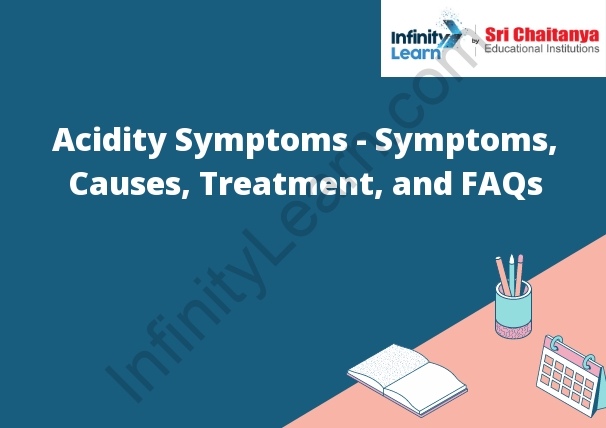Table of Contents
What is Acidity ?
Acidity is a measure of how acidic a substance is. It is measured on a scale from 0 to 14, with 0 being the most acidic and 14 being the most alkaline. Most substances have a pH of 7, which are in neutral solution.
The more hydrogen ions that are present, the more acidic the solution is. Pure water has a pH of 7, which is considered neutral. Solutions with a pH below 7 are considered acidic, while solutions with a pH above 7 are considered alkaline.
The pH of a solution can be measured with a pH meter. The pH of a solution can also be determined by its color. A pH indicator is a substance that changes color in response to changes in pH. Litmus paper is a common pH indicator that is used to test the pH of a solution.
The pH of a solution can be used to determine the strength of an acid or a base. The more hydrogen ions that are present in a solution, the stronger the acid is. The less hydrogen ions that are present in a solution, the stronger the base is.

Stomach Acidity Symptoms
The stomach is a muscular organ in the upper abdomen that stores food, digests food, and destroys harmful bacteria. The stomach is located just below the diaphragm and to the left of the stomach is the spleen. The stomach is divided into four sections: the cardia, the fundus, the body, and the pylorus.
The stomach acuity symptoms can include, but are not limited to, the following:
•Abdominal pain–This pain can vary from a mild ache to a sharp, intense pain. The pain may be located in the upper abdomen, the lower abdomen, or in the center of the abdomen.
•Bloating–The stomach may feel swollen and stretched.
•Nausea–You may feel sick to your stomach and may vomit.
•Vomiting–You may vomit food, bile, or blood.
•Heartburn–You may experience a burning sensation in the chest or throat.
•Regurgitation–Food may come back up into your mouth.
•Ulcers–Sores may develop on the lining of the stomach.
Stomach Acidity Causes
The hydrochloric acid in the stomach is responsible for the breakdown of proteins into peptides and amino acids. The peptides and amino acids are then absorbed into the bloodstream and carried to the rest of the body. The acid also kills bacteria that may have been ingested with the food.
Treatment of Acidity
Acidity is a medical condition that is characterized by an abnormal increase in the amount of acid in the stomach. The stomach normally produces hydrochloric acid, which helps to digest food. When the stomach produces too much acid, it can cause a burning sensation in the chest (heartburn), a sour taste in the mouth, and difficulty swallowing.
The most common treatment for acidity is over-the-counter medications that neutralize the stomach acid. These medications include antacids, H2 blockers, and proton pump inhibitors. Surgery may also be recommended for people with severe acidity.






